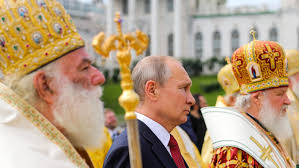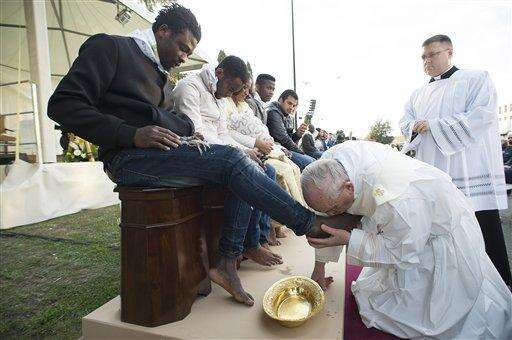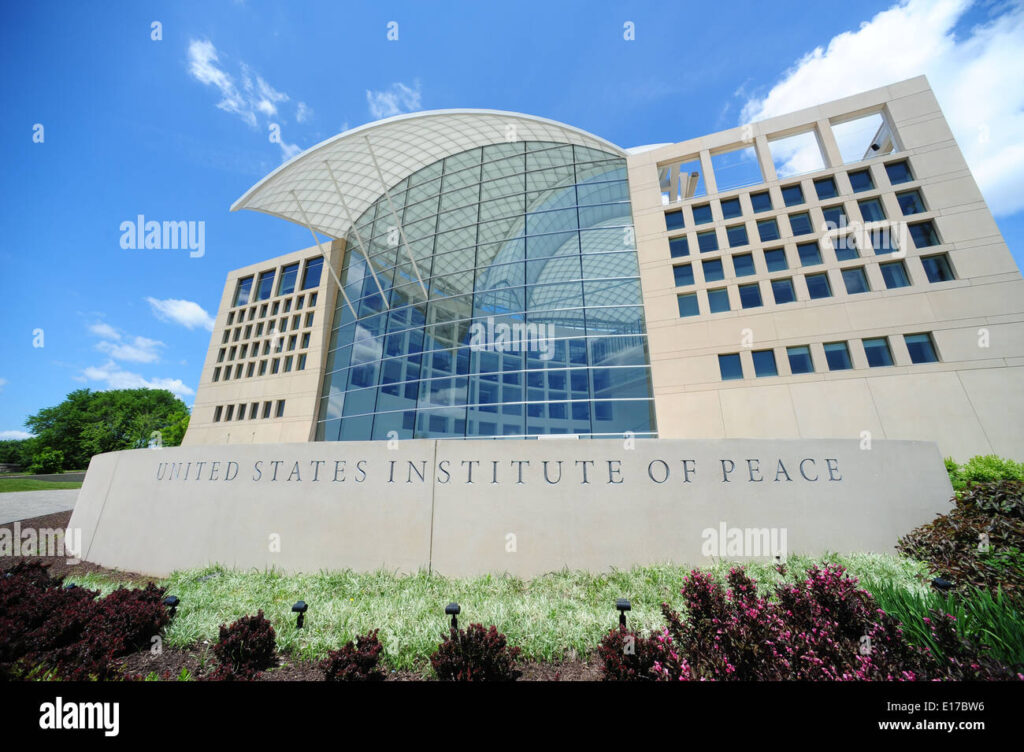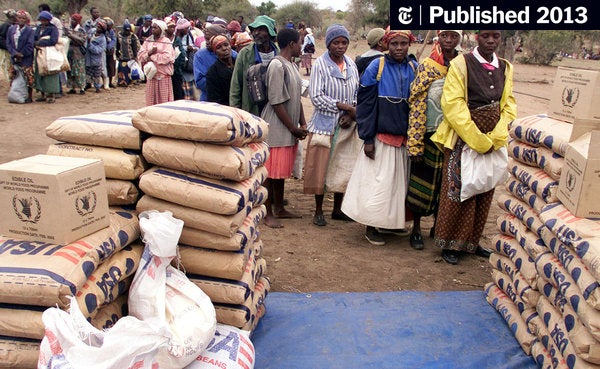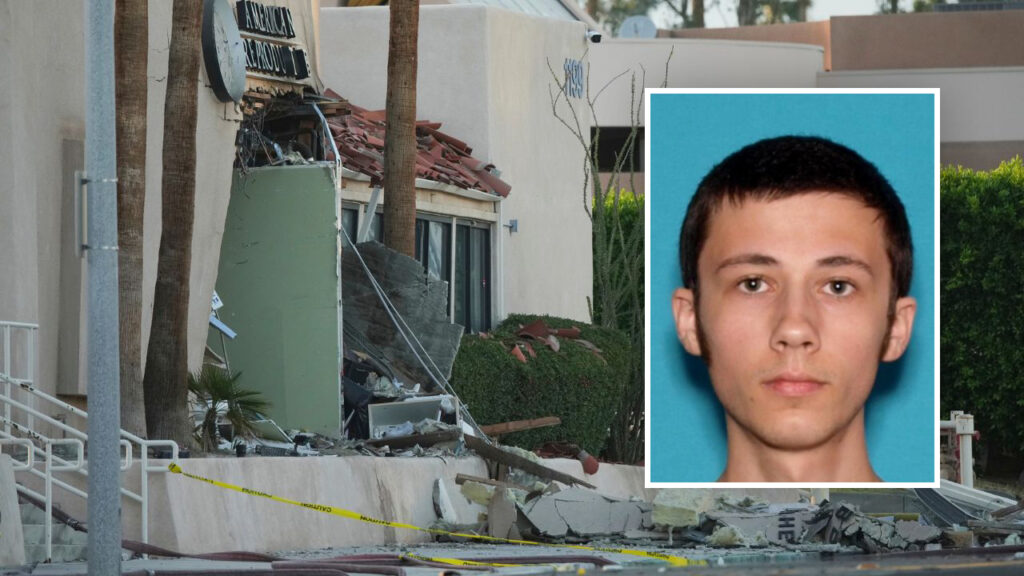
I’ve been studying acts of terrorism around the world for the last forty years. But they’ve never been in my back yard. That is, until this weekend.
At eleven o’clock in the morning a massive car bomb exploded behind the entry building of a fertility clinic in Palm Springs, near our California home. The massive explosion destroyed most of the building and ejected the remains of the car across the back parking lot. The body of the person instigating it was disintegrated and body parts were strewn around the area.
I first saw images of the building on Facebook, then followed the local news coverage. Several stations had live feeds from the scene. What I saw disturbed me deeply—not only because of the ferocity of the event, but the familiarity of its surroundings.
Many of the pictures came from the portico of the Desert Regional Medical Center, across the street from the clinic, which houses doctor’s offices and medical specialty clinics. The glass doors and façade of the entrance to the Medical Center were shattered. Shrapnel from the blast was strewn in front of the entrance and along the street.
It was an eerie experience for me to view those images. I’ve taken my wife to that building multiple times for checkups and minor surgeries. We would usually park right in front of that entrance, which on most days was calm and pleasant, like the rest of the town.
Palm Springs is one of those places where people come to relax. The desert just east of Los Angeles has had a magnetic lure for decades as a place of solitude, warmth, and recovery. Retired people come to play golf. Celebrities have come to escape the frenetic pace of LA, and left their names on the streets. There is Bob Hope Drive, Dinah Shore Drive, and Gene Autry Trail. A thirty-foot statue of Marilyn Monroe with the wind blowing her skirt adorns a public park in the center of town. I often wondered if anyone under the age of fifty even knows who these people were.
Lately Palm Springs has become a magnet for aging gay couples. It is by percentage of the population now one of the largest gay cities in the United States. Over fifty percent of its citizens identify as LBGTQ, including all of the city council members. Gay Pride Parade in the fall is the biggest event of season and even the local churches march with rainbow banners to show their support. It is not, needless to say, a hotbed of conservatism.
Just up the road towards Joshua Tree National Park, however, the political mood is different. The “high desert” as it is known in the area, has a reputation of being a respite for loners and unusual cults. Contrary to Palm Springs, it is known as MAGA country.
It turns out that the bomber of the fertility clinic, 25-year old Guy Edward Bartkus, came from that area, the town of Twentynine Palms, some 50 miles north of Palm Springs. He was a troubled young man who loved to tinker with explosives, and according to his father once burned down the family home. His ramblings on social media showed that he also harbored suicidal tendencies and had embraced a weird anti-natalist ideology that eschewed all forms of procreation, especially assisted forms like the In Vitro Fertilization that was facilitated at the fertility clinic. What is not clear is whether he also had an anti-gay animus, since many of the clients at the clinic were gay couples hoping to raise a family.
Bartkus was the only one killed in the blast. None of the staff of the clinic was seriously injured. So the incident is simply a tragic end to a troubled life.
But it was also widely reported as an act of terrorism. In that sense it reaffirms several observations I have had about such acts around the world in the last decades:
The banality of terrorism
Acts of terrorism could happen anywhere at any time, and in even the most bucolic of settings. The perpetrators could appear to be the most normal of neighbors. Pictures of the young Bartkus show a guy who could be delivering your pizzas or scoring on the local soccer team. Terrorists seldom look like terrorists, whatever image that might conjure. When I met with one of the Jihadi organizers of the 1993 attack on the World Trade Center I was surprised how jaunty and ordinary he was. Ordinary also describes most of the locations where terrorism occurs. One of the previous times that I was close to a terrorist attack was in Jerusalem when I was on a city bus in a lovely neighborhood on my way to Hebrew University; the next day that same bus exploded in a suicide bombing. It could happen anywhere.
The shock is the point
The blast that took out the fertility clinic was over the top. It was said to have been the largest explosion in Southern California history, and it was in the middle of the day when everyone would notice it. I have described these kinds of dramatic explosive acts as performance violence. They are meant to be seen, not just by the immediate witnesses but by the millions that observed the results of the bombing on television, internet, and other news media. Though I initially watched the impact of the bombing on local news, I was surprised that evening when it was the lead story on national news. In that terrible instant the young man who ignited the bomb had grabbed the attention of the nation and done something far more impactful than anything else in his 25 years of existence on the planet. It was an awful and effective way of saying, “hey, look at me, and what I’m trying to say!” For a brief few hours, he seized our attention and we were in his world.
The medium is the message
No word was given as to why Bartkus did this. Like most acts of terrorism, there was no message delivered explaining why. The exceptions are rare: the Unibomber’s manifesto, for example, or the manifesto of Andres Breivik in the Oslo shootings. In the Palm Springs bombing, like the 9/11 attack, no message was forthcoming.
But what he did says everything. Like 9/11, all who observed it even remotely by television or daily news were aware that someone was so upset about something that they would be willing to lose their life to make a dramatic attack. Though supporting IVF pregnancies does not rank as much of a global threat as the American domination of world trade and its global military power—the targets of the 9/11 attackers—it still sends a message. It tells us that in the mind of the perpetrator of the attack, this issue was as threatening as warfare.
The audience for the Palm Springs message was both narrow and wide. In the narrow sense it was meant to impress the fellow believers in Bartkus’ anti-natalist ideology. In the wider sense he hoped to awaken the concerns of all who were shocked by this act. In a similar way, the 9/11 attackers hoped to rouse all Muslims into rebellion against the West, and Timothy McVeigh intended to stir all Americans into a rejection of secular multiculturalism. Alas they, like Bartkus, died tragically as quixotic warriors, lost for a hopeless cause.

